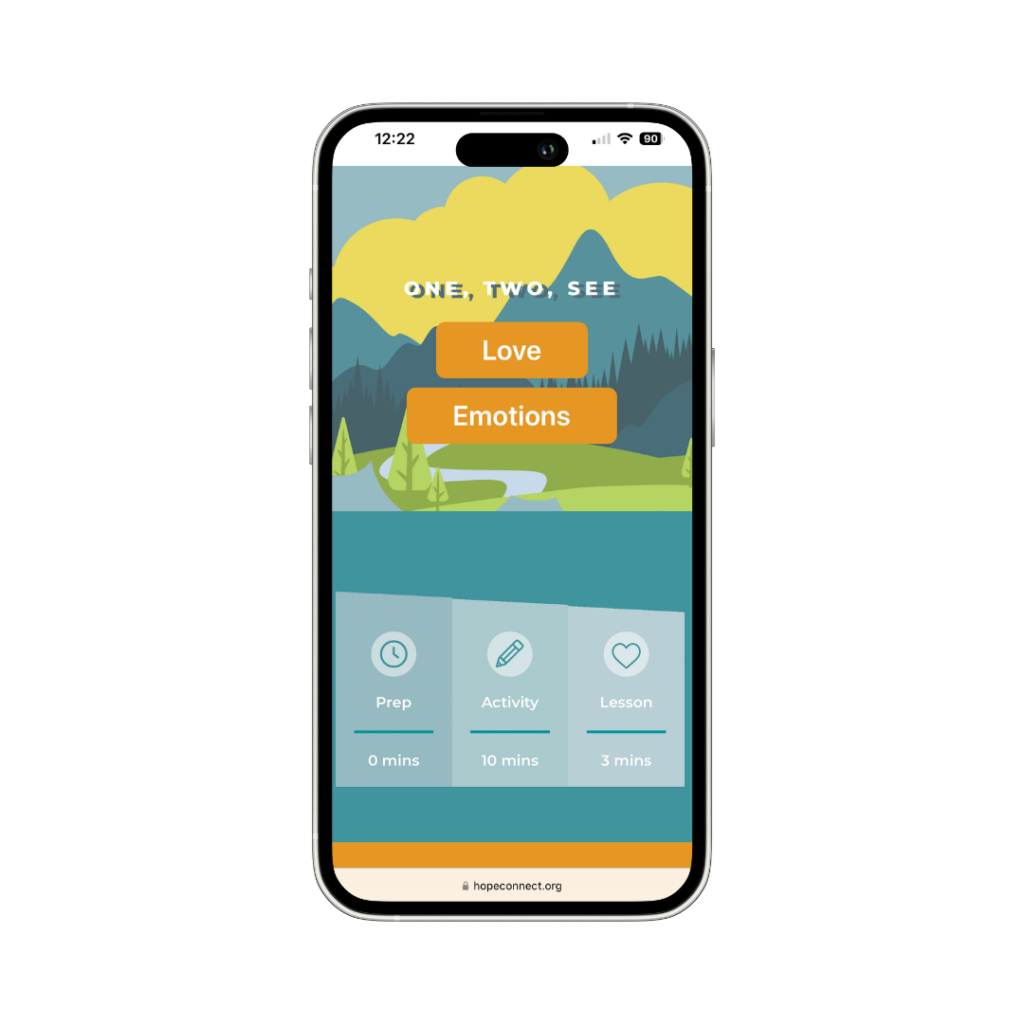Every one of our children is unique – each one brings their own personality, strengths, and learning style into the classroom.
Because of these differences, it’s important to recognize that children learn best in different ways. These preferred methods of learning are known as modalities of learning and understanding them can be the key to helping your child succeed.
Read on to learn about the three modalities of learning and how understanding your child’s learning style can help them thrive in school and beyond.
This is the fourth article in our Back to School Collection, a six-part series designed to equip you with the skills and strategies you need to start this fall semester off on the right foot. See our previous articles here:
3 Modalities of Learning
The three modalities of learning are auditory, visual and kinesthetic. Here’s a brief explanation of each, as mentioned in The Way We Learn, by Cynthia Ulrich Tobias:
- Auditory learners learn best by listening to verbal instructions and repeating what they hear.
- Visual learners learn best by seeing, watching, or using strong visual associations.
- Kinesthetic learners learn best by physically doing what they’re learning.
Often, children naturally gravitate toward a learning style that suits them best, making it easier for parents to recognize how they learn. However, if you’re still trying to figure out your child’s preferred learning approach, here’s a helpful overview of the different learning styles to guide you.
Auditory
Auditory learners thrive when information is presented through sound. According to Tobias, they remember spoken instructions, discussions, and sounds more easily than written or visual cues.
Auditory learners often need to:
- Listen to themselves say something in order to memorize it.
- Talk to themselves or read aloud to process information.
- Memorize facts and information to songs.
Strategies for Auditory learners include:
- Use verbal drills and rhythmic patterns like songs or poetry.
- Read aloud or use audio recordings to review material.
- Minimize visual distractions during homework or study time.
Visual
Visual leaners process information best when it is presented visually. They benefit from diagrams, charts, pictures, and written instructions.
Visual learners often need to:
- Picture in their mind what they are learning.
- Associate images with new class material.
- Use colored folders to organize assignments.
Strategies for Visual learners include:
- Using visual aids like charts, flashcards, diagrams, graphic organizers, and highlighted notes.
- Provide bright colors and large spaces for drawing or writing.
- Encourage notetaking during class.
Kinesthetic
Kinesthetic learners, also called tactile learners, learn best through hands-on experiences and movement. They need to physically engage with material to understand and remember it.
Kinesthetic learners often need to:
- Prefer Engage in activities involving movement or touch
- Learn by doing, acting out, or building
- Pace or fidget when learning.
Strategies for Kinesthetic Leaners include:
- Take frequent study breaks and allow movement during learning.
- Incorporate action-filled stories, role-playing, or experiments.
- Encourage writing notes or highlighting while listening.
KEY TAKEAWAY
By understanding your child’s modality of learning, you’ll be better equipped to advocate for them both in and out of the classroom. Additionally, you can help your child learn more effectively by educating them about their learning style so they can create study routines that help them.
Instruct the wise, and they will be wiser. Teach the righteous, and they will learn even more.
APPLICATION
God made each of us specifically, and as the true Teacher, He speaks to us in a way we will understand best. Help your child activate their senses and notice God in the everyday by playing “Hear, Here.” This easy game teaches your child to practice their listening skills while also reminding them Jesus is the ultimate listener.
Find this game and more now in the Everyday Moments™ activities collection!






